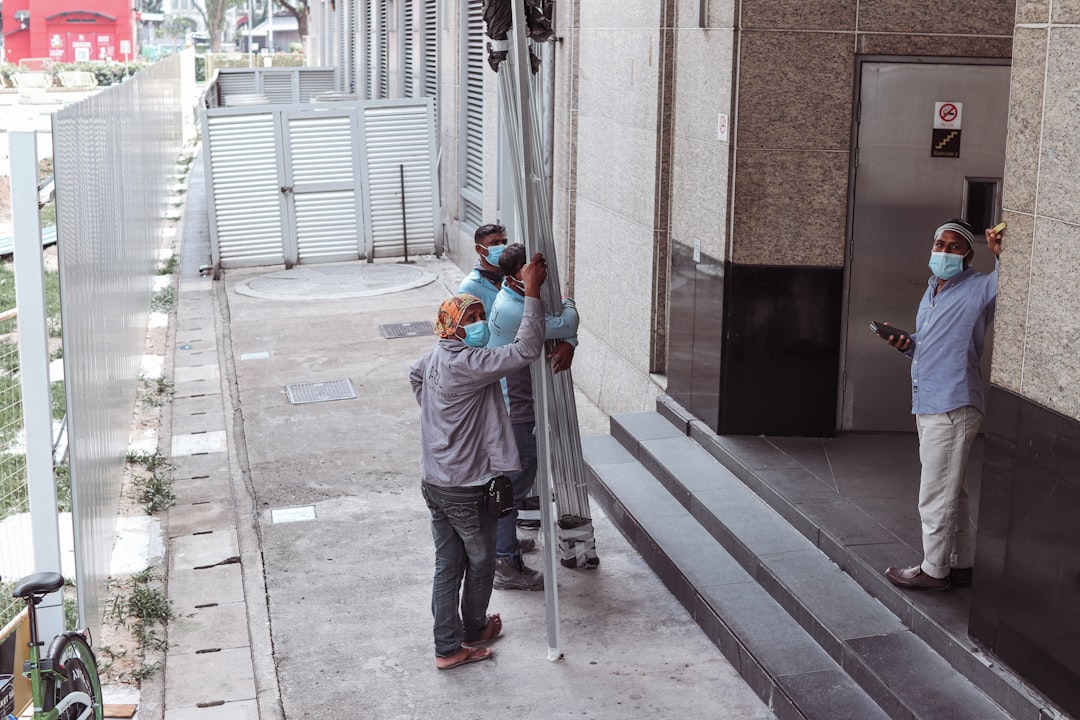
For construction professionals, understanding the cost of installing a heat pump in San Diego is crucial. Typical costs range from $4,200 to $7,800 for high-SEER models, with installation labor between $2,300 and $4,100. Electrical panel upgrades can add $1,200 to $2,000, while duct sealing or replacement ranges from $1,000 to $3,000. Permits and HERS testing typically cost $350 to $600. Staying updated with real-time pricing ensures accurate estimates and client satisfaction.
Heat pumps offer significant energy savings, reducing utility bills by up to 50% compared to traditional systems. With California's electrification incentives, they are a smart choice for both residential and commercial projects. Heat pumps provide year-round comfort, making them ideal for San Diego's climate.
CountBricks provides construction professionals with tools to streamline heat pump installations. Our AI voice assistant captures project details and generates accurate estimates using live material and labor pricing. This efficiency reduces change orders and speeds up project timelines.
Heat pumps operate by transferring heat rather than generating it, offering a lower carbon footprint and improved indoor air quality. They serve as both heating and cooling systems, simplifying installations and maintenance.
Coastal areas benefit from standard heat pumps, while inland regions may require cold-climate models or auxiliary heating. CountBricks helps specify the right equipment for each project.
1. On-site assessment: Use CountBricks to record dimensions and conditions.
2. Estimate generation: Receive a detailed PDF with real-time pricing.
3. Permit preparation: Auto-generate compliance documents.
4. Installation: Professional setup and commissioning.
5. Verification: Conduct airflow testing and finalize documentation.
Utilize federal and local rebates to reduce project costs. CountBricks automatically applies eligible incentives, ensuring clients see their true out-of-pocket expenses.
Ensure proper sizing to avoid inefficiencies. Verify duct integrity and plan electrical upgrades early. Insist on commissioning for optimal performance.
A Mission Hills home upgraded to a heat pump, reducing energy bills by 41% and securing a $1,050 rebate. CountBricks facilitated a seamless process from estimate to installation.
CountBricks supports construction professionals with comprehensive tools for heat pump installations. Visit CountBricks.com to learn more and request a demo.

CountBricks offers ongoing support for heat pump installations, ensuring long-term efficiency and client satisfaction. Our cloud-based system provides predictive maintenance alerts and detailed logs for warranty compliance.
1. Sensors monitor performance and sync with the CountBricks app.
2. Alerts trigger service work orders with detailed parts and labor information.
Generate repeat revenue with scheduled maintenance visits. Enjoy streamlined paperwork and compliance with manufacturer requirements.
Reduce operating costs with proactive maintenance. Schedule services easily through the CountBricks portal, ensuring transparent pricing.
With rising energy costs and available incentives, now is the perfect time to consider a heat pump upgrade. CountBricks combines AI technology with industry expertise to deliver efficient, cost-effective solutions. Visit CountBricks.com to explore your options.